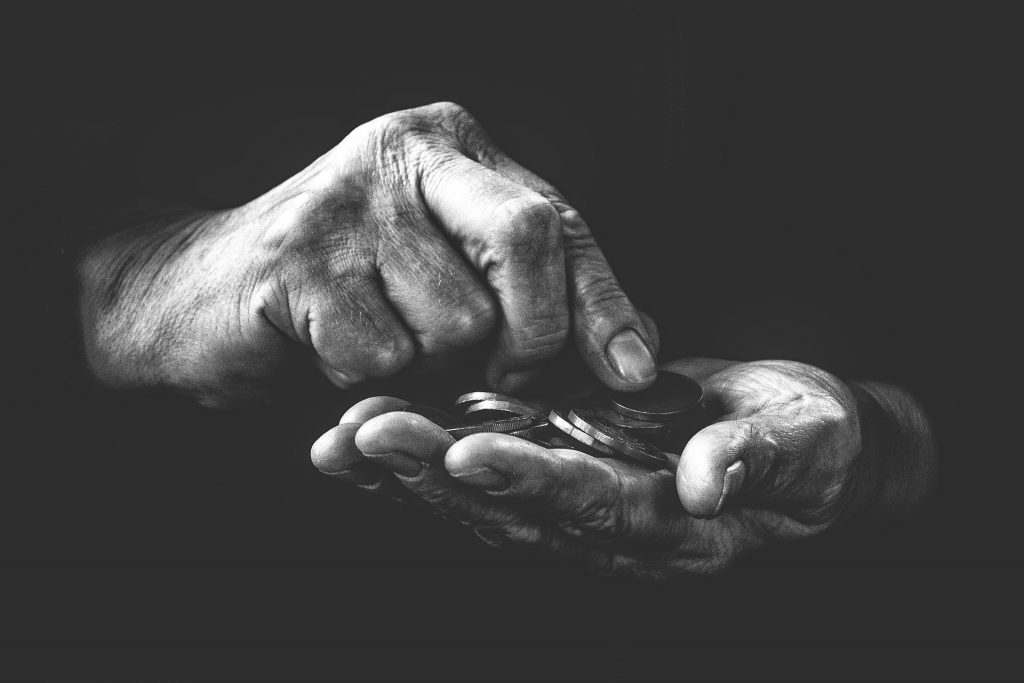
If you are about to experience something completely new, far away from home, it is not strange that you want to share this with you family and friends; especially if it is overwhelming. These days, sharing photos is, as you know, easier than ever before. Endless apps and platforms enable your loved ones to see what you are up to wherever you are. This means that in theory, we should be able to better understand people and places far away. Digital ways of communicating does bring the opportunity to decrease the cultural distance and to connect with these faraway people and places, but it can also do the exact opposite if you are not aware of the traps.
”They wanted the viewers to also see their community members helping one another, to show resilience as well as need, and solutions as well as problems. Those with lived experience of the circumstances the images depicted argued that the images shown to them did not represent the whole story. Another strong preference was for communications in which contributors speak for themselves”
This post is for those of you who are going to a place where people live in poverty, coming from a place where most people do not. It might be your first encounter with global poverty, and most likely that will have a big impact on you. Before you take photos of the people you meet, the experience you have and the situations you are in, it is important to consider that your photos are representations of global poverty. How we describe things matter, images and words shape our understanding of the world. Your photos will contribute to shaping the ideas and thoughts your followers have about the context you are in. And this comes with responsibility.
Before you start writing or sharing pictures of your experience with global poverty, you should read the short essay “How to write about Africa” by Binyavanga Wainaina. It is a short and great read, and it will probably make you think about what you do not want to contribute to, even if you are not going to a country on the African continent, and even if you don’t plan on writing a lot. In many ways, the African continent has been the textbook example of global poverty, which means there is a lot written about Africa, representation and poverty. But many of these ideas and concepts can easily be transferred to other contexts. And even if you intend to share photos rather than text, the idea is the same. It is still a representation of reality, and representation matters.
If you are going form a place of relative wealth, to a context of global poverty, you will undoubtedly experience new things, meet people with different lives, different struggles and different opportunities. This is something that you will most likely want to describe to the world, to share with your followers. That is understandable, and this post is not telling you not to do it, but to do it mindfully. Before you take a photo , consider who is in that photo, and for what reason? Are they aware how they are beiong portrayed? First of all, always ask for permission. Both to take the photo and to share it. Be especially careful when you take photos of children, you should ask their caregiver. Think about how they are represented in your photo. As a victim? Grateful? What is your purpose?
Research from Save the Children has shown that people in the photos of the organisation’s material ”wanted the viewers to also see their community members helping one another, to show resilience as well as need, and solutions as well as problems. Those with lived experience of the circumstances the images depicted argued that the images shown to them did not represent the whole story. Another strong preference was for communications in which contributors speak for themselves”
Meaning, people living in poverty is not only poor, they are a thousand different things just like people in general and they don’t want to be reduced to just images of poverty. This is important to keep in mind. Another important aspect of this is that people, wealthy or poor, here or there, are just people. Exaggerating differences creates the notion that “they” are somehow different from “us”.
If you are someone with platforms where you can share your reality, you can use it to share others’ realities too. Technology has enabled stories to spread from one corner of the world to another with very little effort, and if you have an audience in one corner of the world, this is a great opportunity for them to connect with people in another corner- via your Instagram feed.
Let the people you meet tell their own stories, provide an audience that they would probably not get otherwise and use the technology to bring people closer together rather than the opposite.
References:
Ademolu, E. & Warrington, S. 2019: Who Gets to Talk About NGO Images of Global Poverty? (Links to an external site.), Photography and Culture, August.
Wainaina, Binyavanga (2005): How to write about Africa in Granta. https://granta.com/how-to-write-about-africa/
Warrington, S. and Crombie, J. 2017. The People in the Pictures: Vital Perspectives on Save the Children’s Image Making. London: Save the Children UK. https://resourcecentre.savethechildren.net/library/people- pictures-vital-perspectives-save-childrens-image-making





